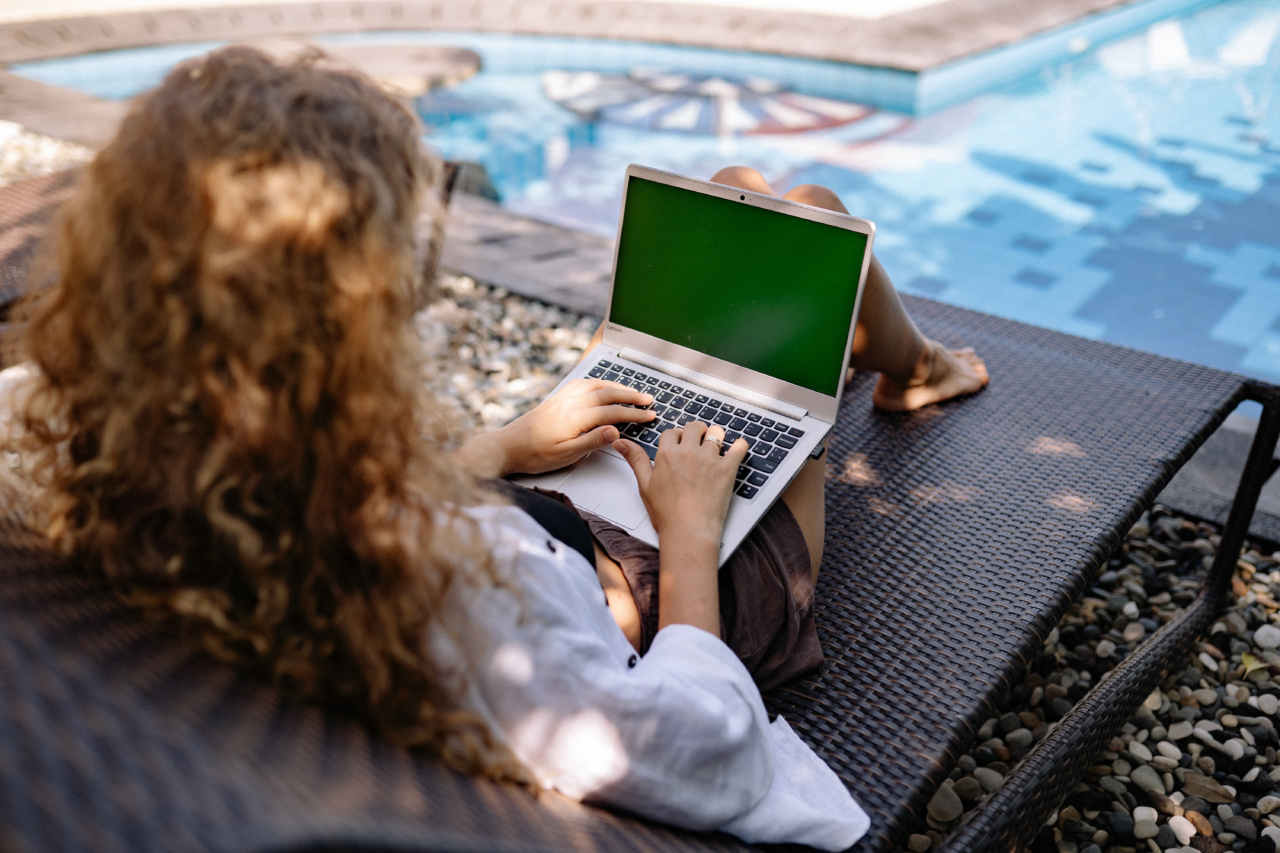When visiting a public pool, many people don’t give much thought to the bathrooms. After all, they are just facilities for basic hygiene needs, right? However, pool bathrooms can pose some unexpected risks that may not be immediately apparent.
In this article, we will explore the hidden risks associated with using pool bathrooms and provide tips on how to stay safe.
1. Slip and Fall Accidents
One of the most common risks in pool bathrooms is the potential for slip and fall accidents. These facilities are often wet and prone to excess water on the floors, making them slippery and hazardous.
With many people coming in and out of the bathrooms and tracking water from the pool, the floors can become treacherous. It’s essential to be cautious and walk carefully to prevent such accidents.
2. Spread of Germs and Bacteria
Public pool bathrooms can be a breeding ground for germs and bacteria. Many people using the facilities may not follow proper hygiene practices, such as washing their hands or flushing appropriately.
Additionally, the confined space and shared surfaces increase the risk of contracting infections such as urinary tract infections (UTIs) or gastrointestinal illnesses. It is crucial to maintain good personal hygiene and wash your hands thoroughly with soap and water after using the bathroom.
3. Lack of Privacy
Privacy is a significant concern in pool bathrooms, especially when they are crowded. The limited space and high foot traffic can lead to uncomfortable situations where you may feel rushed or self-conscious.
Some pool bathrooms may have inadequate partitions or door locks, exposing individuals to the risk of being seen or interrupted while using the facilities. Always be mindful of your surroundings and consider using alternative bathroom options if available.
4. Poor Ventilation
Another hidden risk associated with pool bathrooms is the lack of proper ventilation. In these enclosed spaces, the humidity and moisture levels are often high, creating an environment that promotes the growth of mold and mildew.
Breathing in mold spores can cause respiratory issues, particularly for individuals with allergies or asthma. If you notice a strong musty odor or visible signs of mold, it’s best to report it to pool staff or find an alternative bathroom facility.
5. Inadequate Maintenance
Public pool bathrooms may suffer from inadequate maintenance due to heavy usage and limited resources. Broken fixtures, malfunctioning toilets, or lack of hand sanitizer can contribute to an unpleasant bathroom experience.
Moreover, neglected bathrooms may also attract pests like cockroaches or rodents, posing health risks. It’s important to be aware of the overall cleanliness and functionality of the facilities before using them.
6. Allergic Reactions
For individuals with allergies or sensitivities, pool bathrooms can be a source of various allergens. The cleaning products used, air fresheners, or even the hand soap provided may contain ingredients that trigger allergic reactions or skin irritations.
If you have known allergies, it’s advisable to bring your own personal care products to avoid any discomfort or adverse reactions.
7. Lack of Accessibility
Some pool bathrooms may lack proper accessibility features for individuals with disabilities. This can make it challenging for those using mobility aids, such as wheelchairs or crutches.
The absence of accessible toilets, grab bars, or ramps can pose significant barriers, limiting the independence and inclusion of people with disabilities. It’s essential for public pools to prioritize accessibility and provide facilities that cater to the needs of all individuals.
8. Theft and Vandalism
Unfortunately, pool bathrooms can be targeted for theft and vandalism. Leaving belongings unattended, even for a short period, can result in them being stolen. Additionally, vandalism incidents can make the bathroom environment unpleasant and unsafe.
It’s crucial to keep personal belongings secure and report any suspicious activity or damage to pool staff.
9. Water Contamination
Inadequate hygiene practices or malfunctioning plumbing can lead to water contamination in pool bathrooms.
If the wastewater or sewage system is not properly maintained, there is a risk of sewage backups or leaks, which can contaminate the surrounding area and the pool itself. This can lead to the spread of harmful bacteria, viruses, and parasites, increasing the chances of waterborne illnesses. Pool management should regularly inspect the bathroom plumbing systems and ensure proper waste disposal and treatment.
10. Psychological Discomfort
Lastly, pool bathrooms can be a source of psychological discomfort for some individuals.
The fear of using public bathrooms, known as paruresis or “shy bladder syndrome,” can make it extremely challenging for people to urinate in the presence of others. This psychological barrier can lead to urinary retention, which can have negative impacts on an individual’s health. It’s important to create an environment that promotes privacy and comfort to accommodate the needs of all individuals.






























